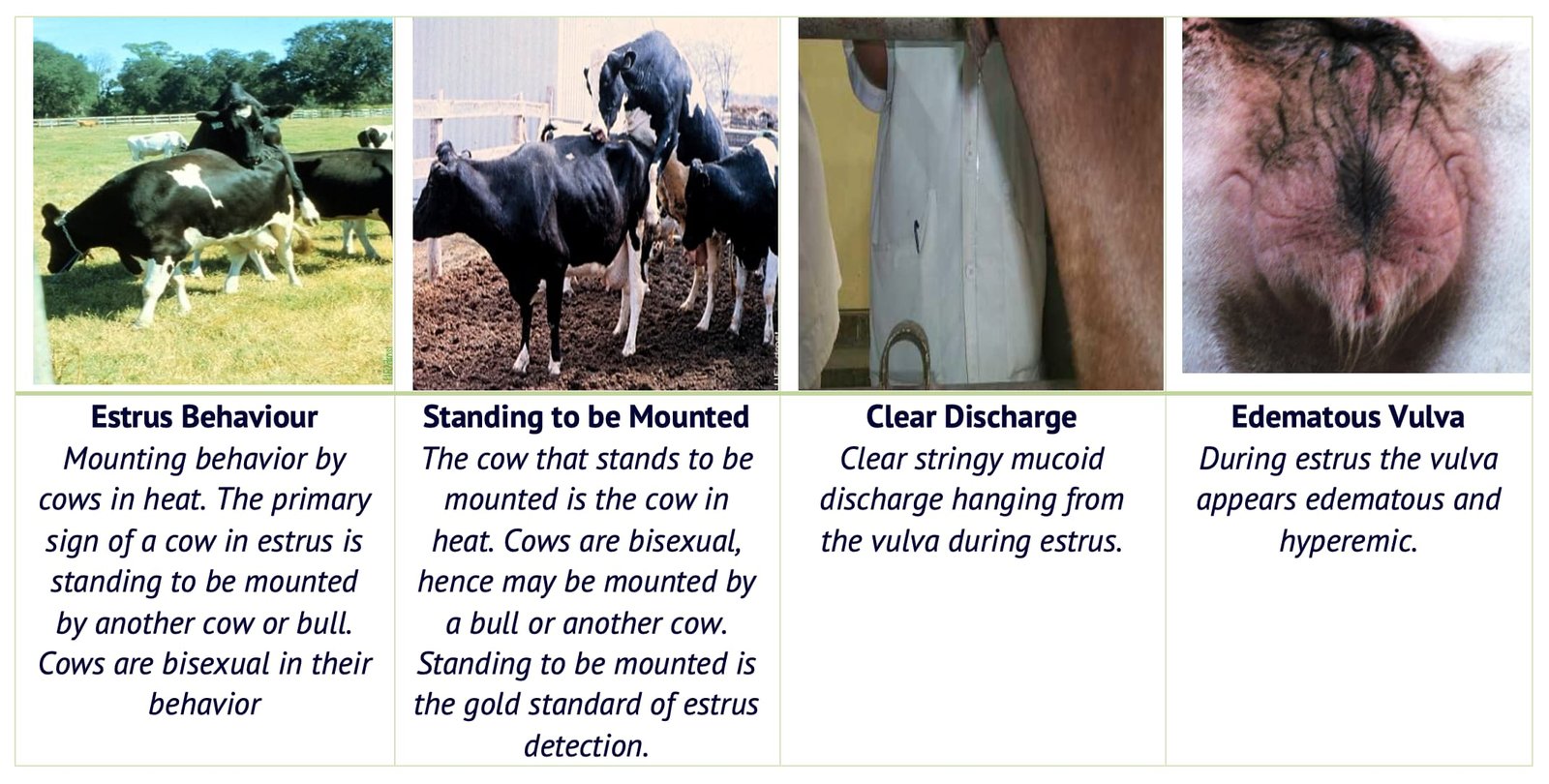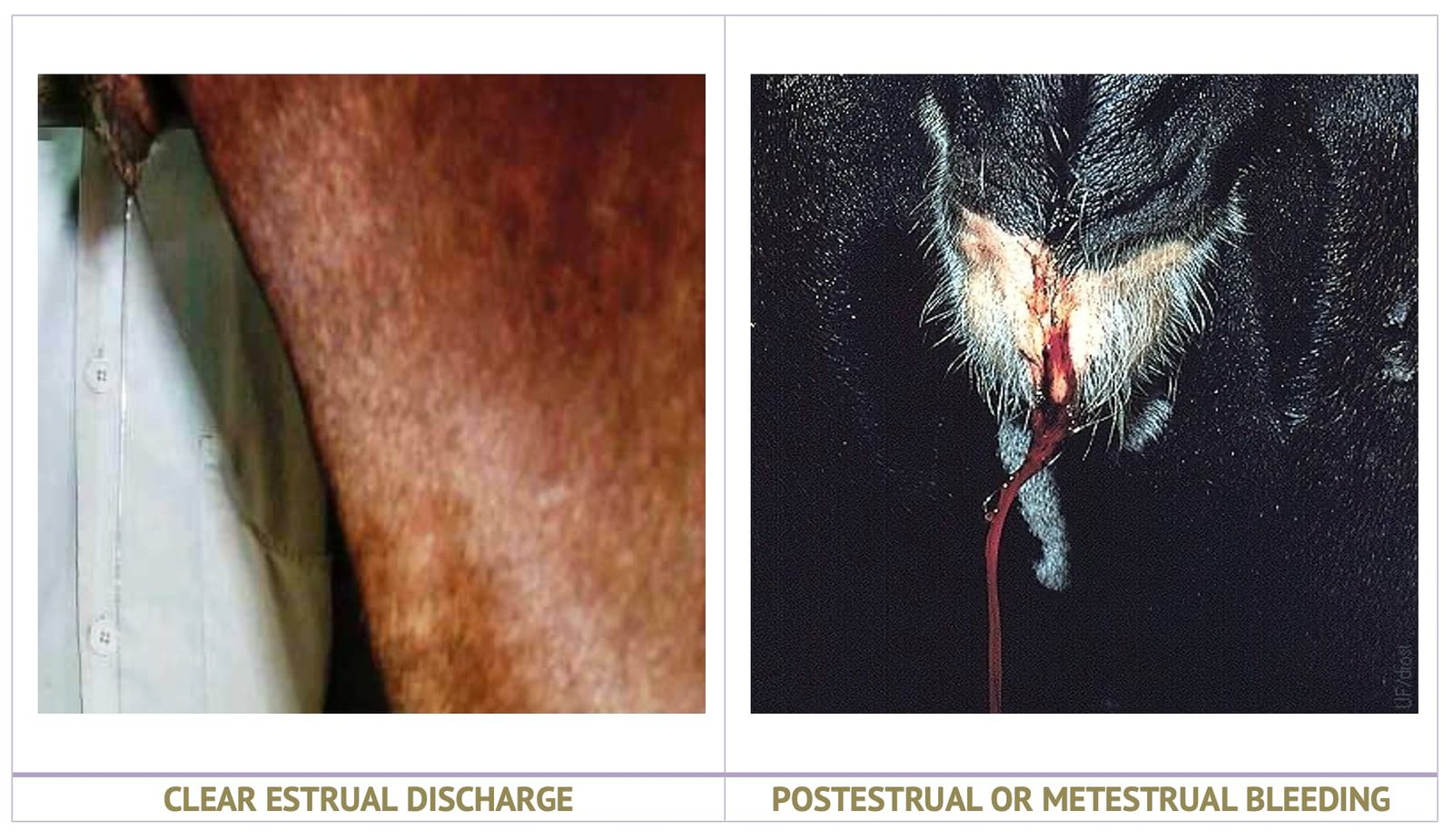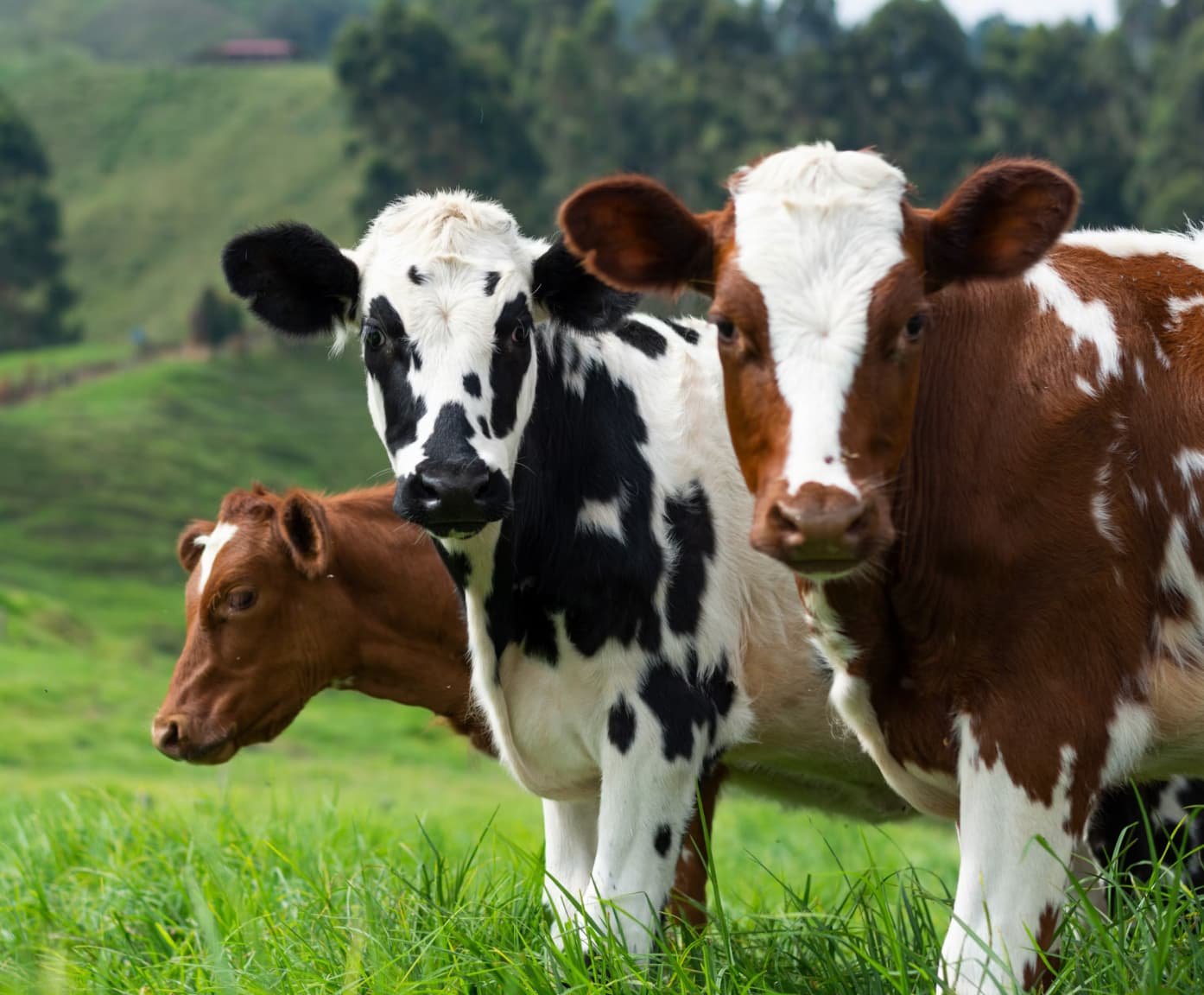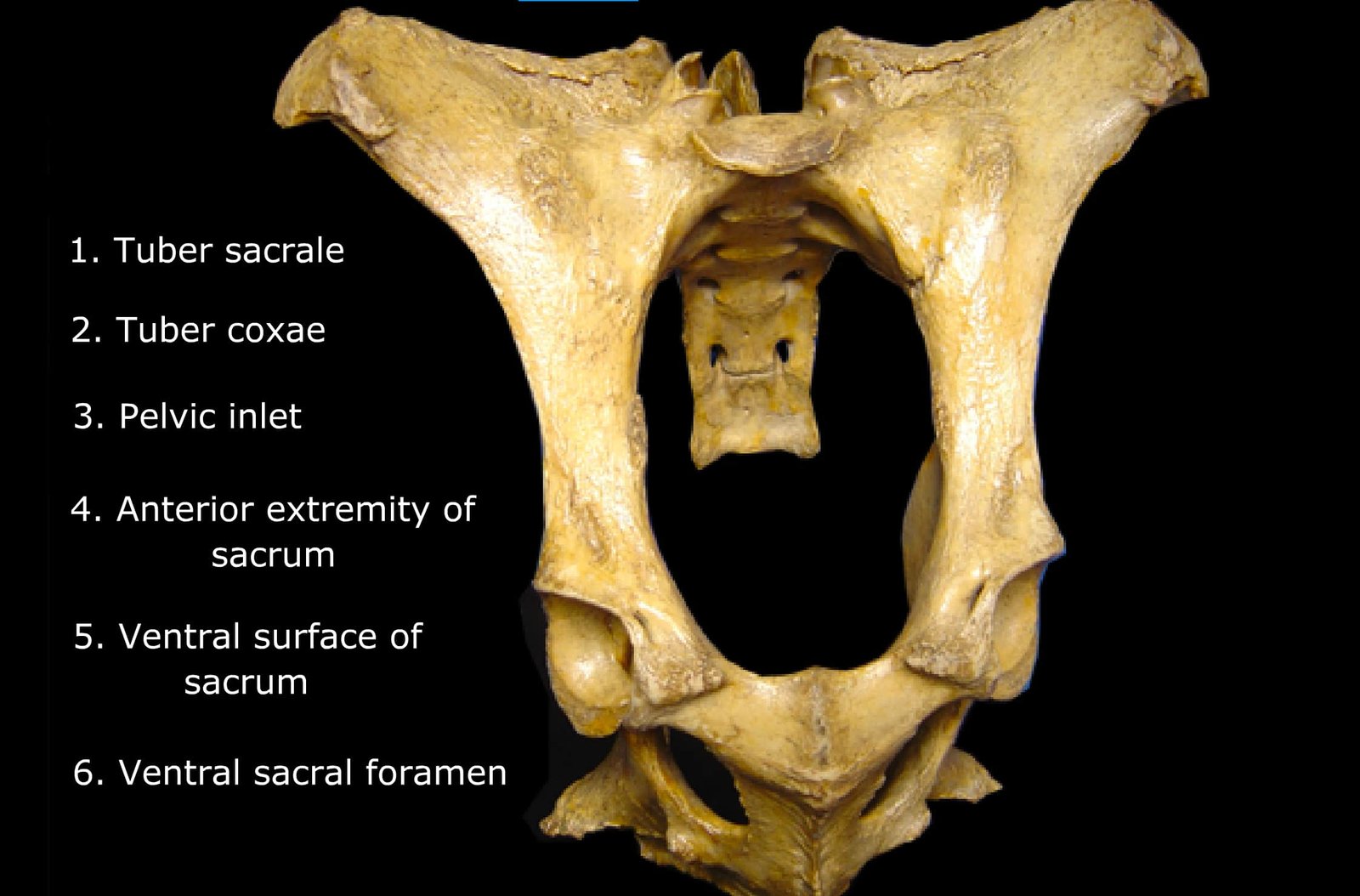TABLE OF CONTENTS
Oestrus Cycle in Animals
Oestrus cycle in animals is the rhythmic sexual behavioural pattern developed in females after puberty. The combination of physiological events which begin with one oestrous period and ends with the next is called oestrous cycle.
The word ‘Oestrous’ is derived from a Greek word [Oistros] meaning ‘Gad fly’ used to describe the behaviour of cows when attached by such Flies.
Based on the occurrence of oestrous cycles animals are divided into:
- Monoestrous: animals showing only one estrous cycle per year. Eg. Wild animals.
- Polyestrous: animals exhibiting frequent periodic estrous cycle per year. Eg. Cow and Sow.
- Seasonally polyestrous: animals exhibiting periodic estrous cycles only during a particular season. Eg. Sheep and Mare.
Depending on the ovarian activity again oestrous cycle is classified as:
- Regular oestrous cycle: ovulation and formation of corpus luteum (CL). Eg. Cow, Sheep, Mare, Bitch and Sow.
- Spontaneous ovulators: spontaneously ovulation will take place but CL formed will not functional until mating has occurred.
- Induced ovulators: ovulation and CL formation depends on whether mating has occurred or not Eg., Cat, Rabit, Mink.
Stages of Oestrous Cycle
The oestrous cycle is divided into two periods. Estrogenic or follicular phase comprising of proestrous and eastrus and a progestational phase or luteal phase comprising of metestrus and diestrus.

All stages of oestrous cycle in animals are:
- Proestrus
- Estrus
- Metestrus
- Diestrus
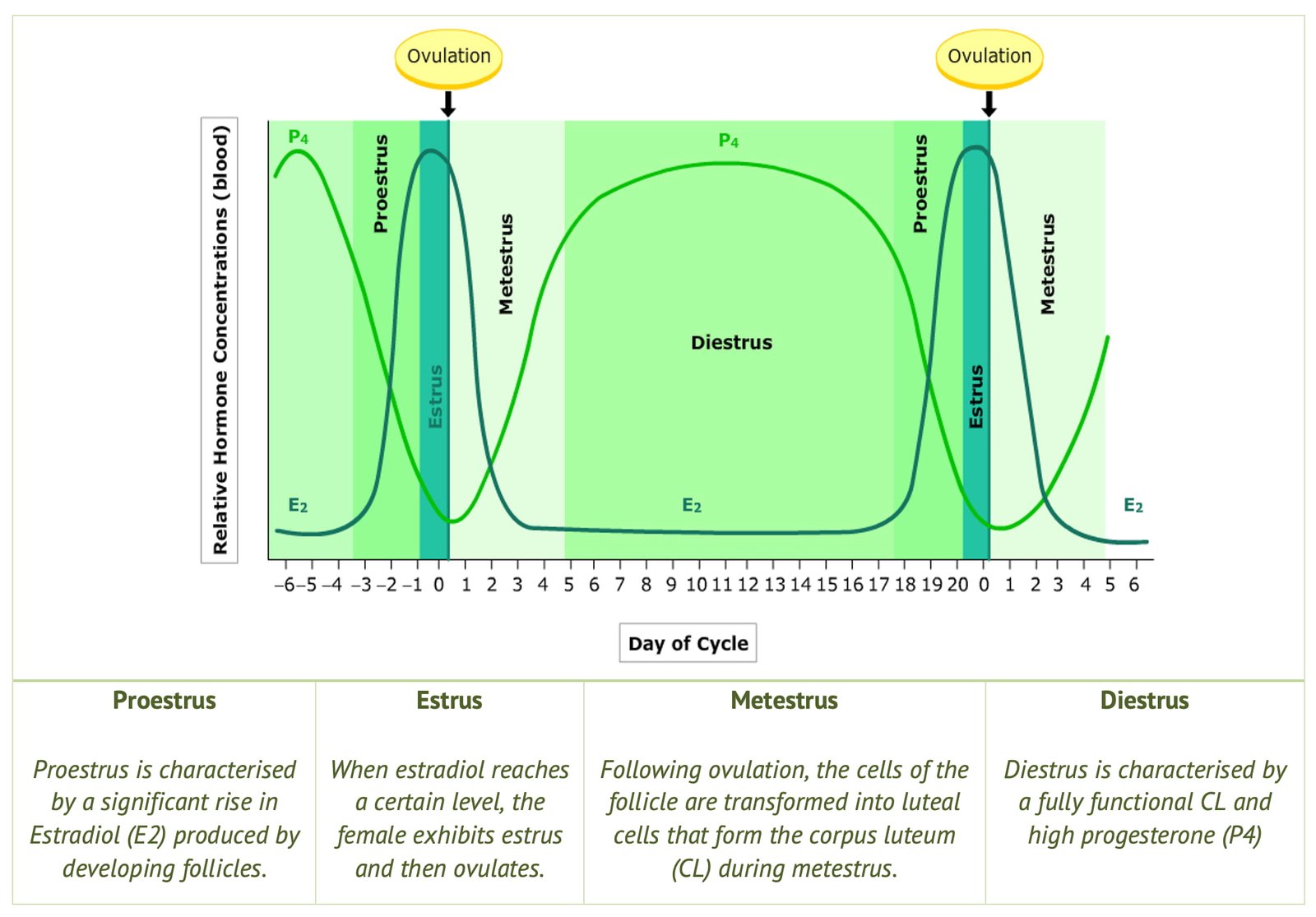
1. Proestrus
- Ill defined period.
- Growth of the Graafian follicle under the influence of FSH which results in increased production of estradiol 17 β.
- Increased hyperplasia of myometrial cells.
- Increased growth of cells and cilia of the oviduct.
- Increased vascularity of uterine mucosa.
- Increased thickness and vascularity of vaginal epithelium with cornification in dogs and cats.
2. Estrus
- Well defined period characterized by sexual desire and acceptance of male. Period begins with first acceptance and ends with last acceptance of the male.
- Graafian follicle is large and mature.
- Oviducts are tonic, epithelia mature and cilia are active, contractions of oviduct occur, the fimbriated end of oviduct assumes close affinity to the Graffian follicle.
- Increased amounts of oviductal fluid secreted.
- Uterus is erect and turgid. Increased blood supply and increased growth of mucosa and mucous is secreted.
- Vaginal mucosa pink and congested due to increased vascularity.
- Thickening of vaginal mucosa in dogs and cats. Increased desquamation of cornified epithelial cells.
- Cervix relaxed and edematous.
- Vulva relaxed and edematous especially in bitches and sow.
- Stringy mucous hangs from vulva.
- Increased neutrophilic infilteration into uterine lumen.
In most species ovulation takes place during oestrus but in cows, ovulation occurs 12 hours after the end of estrus. In induced ovulator‘s such as rabbit and mink, ovulation does not take place until mating occurs. In cat estrum may be prolonged in the absence of male to 7 to 10 days.
3. Metestrus
- Transitional period between ovulation and full development of corpus luteum.
- Poorly defined period.
- Largely under influence of progesterone produced by the CL. Inhibits FSH secretion and prevents development of more Graafian follicles.
- In cows, growth of endometrial glands begins, capillary hemorrhage occurs and post estrual bleeding or metestrual bleeding due to withdrawal of estrogen takes place.
- In primates, loss of superficial layers of endometrium called as mensuration takes place due to withdrawal of progesterone.
- Decreased mucus secretion.
- Uterus becomes less tonic.
- In queens not bred, no ovulation and CL formation. The follicles become atretic.
4. Diestrus
- Longest phase or period of cycle.
- CL matures.
- There is progesterone effect on uterus takes place.
- There is increased hypertrophy of endometrial gland, and increased thickening of endometrium.
- Cervix closed and vaginal mucous scanty.
- Vaginal mucous membrane pale.
- Uterine muscles flaccid.
